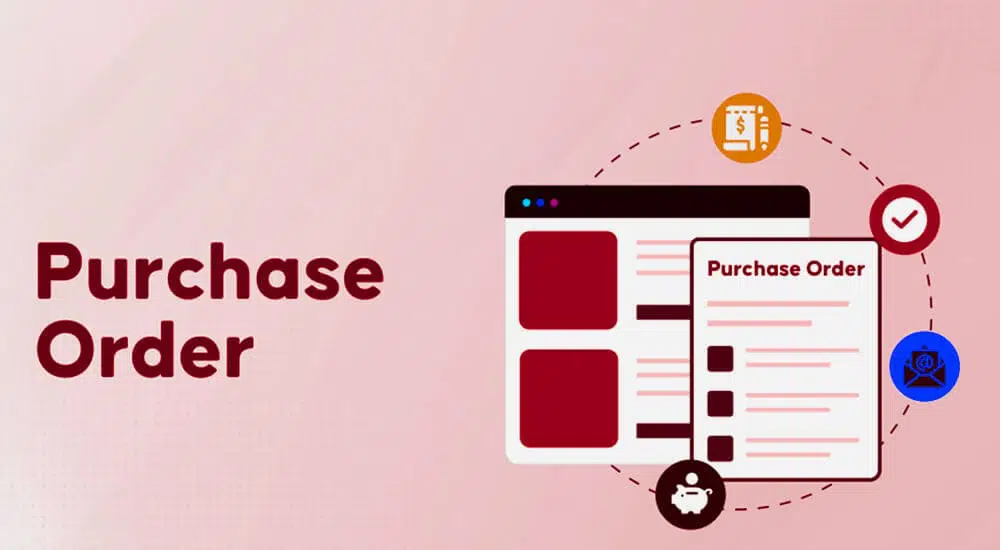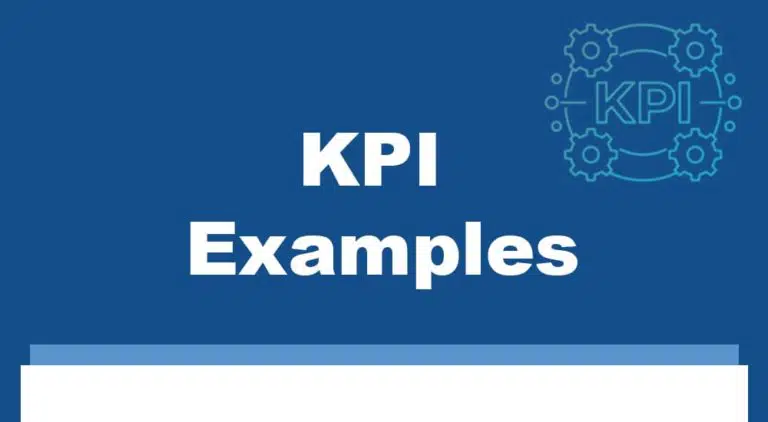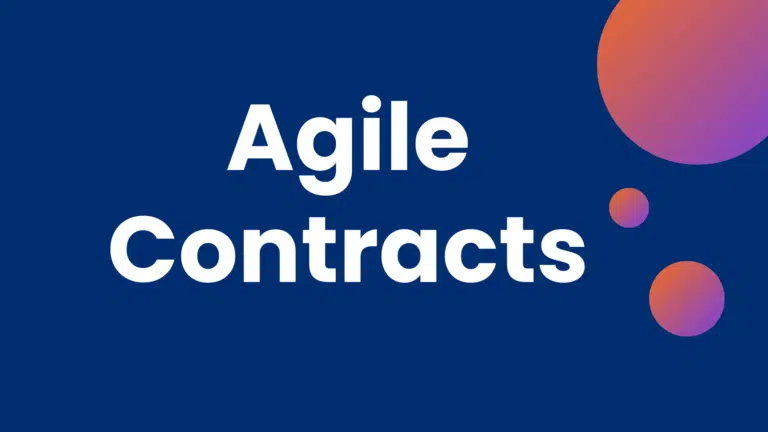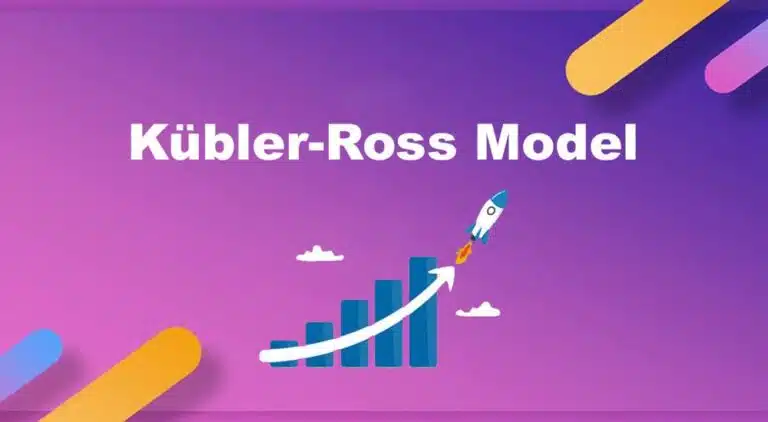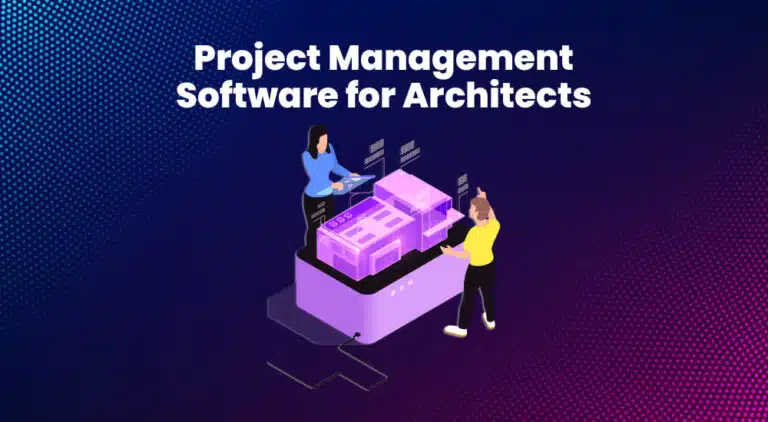A Purchase Order (PO) is a crucial document in procurement management. Project managers use purchase orders to buy materials for their projects, and organizations buy materials and consumables for their operations.
A better understanding of this document is essential for you if you manage projects which require frequent purchasing.
Today’s blog post will discuss this contract document in detail.
Purchase Order (PO): Definition & Meaning
Definition & Meaning: A purchase order is a legally binding document that ensures the seller delivers the material specified in the PO and that the buyers pay the seller for the item.
Issuing PO is a significant milestone in the procurement process.
A purchase order is a contract. The vendor must supply or deliver specific services as stated, and the buyer must pay the agreed amount.
The PO is a control measure for both the buyer and the seller. It ensures all specifications are in agreement and that authorized representatives have signed off.
Organizations use a PO to buy commodities, goods, spares, repairs, or other simple services.
Purchase Order Creation Process
Creating PO is a lengthy process and requires many steps.
First, the buyer will collect the requirements. If they have the requirement, they will issue the RFQ. However, if they do not have the requirement, they will send RFI to selected suppliers to provide the information. After receiving the information, they create and issue the RFQ.
The seller will submit their bids, and after the RFQ closing date, the buyer will open the bids and review them commercially and technically.
Mostly RFQs are awarded based on the lowest quote price. So, you can say that these are firm-fixed-price contracts.
After selecting the winner, you will ask them to come and sign the purchase order. In some organizations, only the seller signs the PO, but most organizations require the buyer’s signature as well.
If the value of the PO is high, the seller can ask to submit a bank guarantee. This guarantee ensures the supplier delivers the item on time. If they delay, the buyer can deduct the money from the performance bank guarantee.
Note that the buyer must mention the bank guarantee clause in the RFQ.
Guidelines for Creating a Purchase Order
- Get the vendor’s acceptance with their signature.
- The buyer and seller will keep a copy of the signed PO.
- Communicate with the supplier as the delivery deadline approaches.
- Review outstanding orders periodically.
Types of Purchase Orders
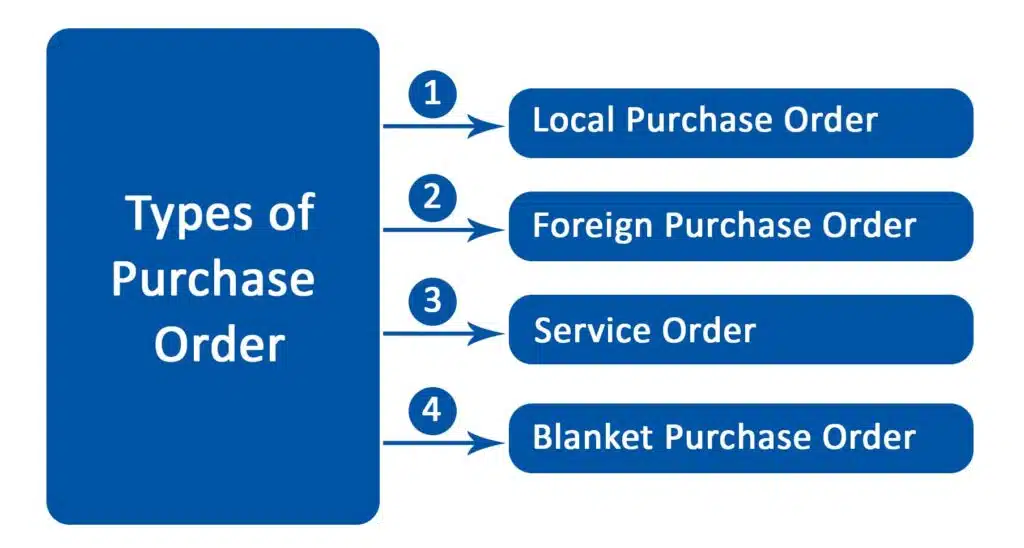
- Local Purchase Order
- Foreign Purchase Order
- Service Order
- Blanket Purchase Order
#1. Local Purchase Order (LPO): Buyers use an LPO for local purchases. This purchase order is valid for transactions within a country. You use it to buy goods and pay in local currency. For instance, in the USA, an LPO is in the USD, and in Kuwait, it is in the Kuwaiti Dinar.
#2. Foreign Purchase Order (FPO): A Foreign Purchase Order is also called an International Purchase Order. You use an FPO to buy commodities from outside of your country. It is like LPO; the only difference is the paying currency; for example, it can be in USD, Pound, or Euro.
#3. Service Order: This is a specific purchase order for works or services. It is also called a work order.
#4. Blanket Purchase Order: In a blanket purchase order, the buyer orders the same material repeatedly over a fixed duration to get a discounted price. For example, they can fix the price of certain hardware items, and the seller must provide them when required and for the same price.
The PO can contain the minimum order quality to provide a cushion and guarantee profit.
Content of a Purchase Order
A purchase order can have the following details:
Issue Date: This is the PO’s signing date. It is essential because it determines the delivery date.
Delivery Date: The seller has to deliver goods or services by this date. The delivery date is the core of a purchase order; the vendor must deliver the material on or before the stated date.
The buyer can impose a penalty or deduction if the supplier delays the delivery.
Validity: The purchase order is valid from the signing date.
Purchase Order Number: This is a unique number generated for the PO.
Signatory: A purchase order is invalid unless the buyer and seller sign it.
Product or Service Description: Here, the seller provides the details of the goods or services to be delivered. This will include the item’s technical specification, quantity, unit of issue and unit price, etc.
Terms and Conditions: T&C is the key component of the PO; here buyer provides details on penalties, payment, etc.
Vendor Information: This shows the vendor’s name, address, and number.
Delivery Information: This gives the address for delivery of the goods/service.
Acknowledgment Slip: Here, the seller sign as evidence of offer acceptance.
Purchase Order Template
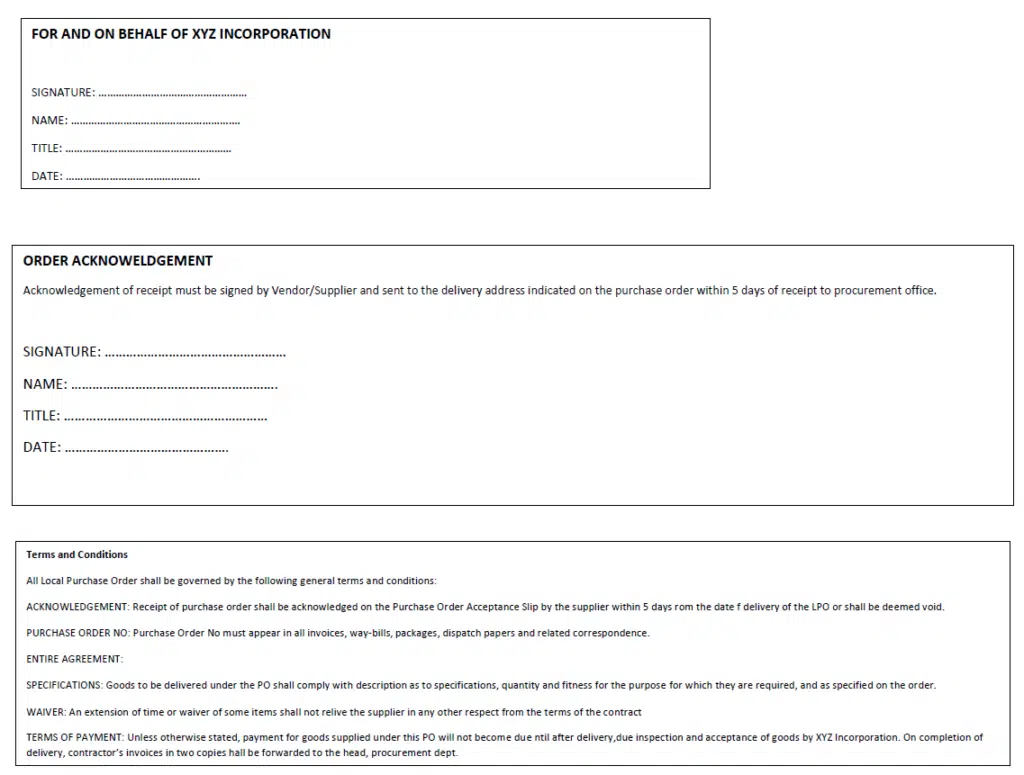
Before raising the PO, ensure you have all approvals and the budget. After signing, ensure the seller receives a copy and you get acknowledgment.
Uses of a Purchase Order
- It is a contract that protects buyers and sellers.
- It allows the seller to express their expectations clearly.
- The contractor can tender it to financial institutions or dealers to obtain loans or credits.
- It enhances document tracking, receipt of products, and payment.
- It shows the vendor where to deliver materials and how to get paid.
Features of Purchase Order
A purchase order is a contract, and it has the following features:
- There cannot be any amendments to the PO without both parties’ agreement.
- If it is an open competitive contract from a government entity, no party can change terms or conditions once the bid opens.
- If change is required, the government entity must cancel the old tender and issue a new one to give a fair chance to other vendors.
- The PO’s price covers all expected expenditures, including insurance, tax, logistics, and everything else. A contractor should consider this carefully before signing.
- You will not process any invoice for goods not included in the PO.
- All parties must maintain the contract’s confidentiality and not disclose any information except that required by legal or regulatory sources.
The PO can include a force majeure clause that neither party shall be liable for any delay or non-performance due to civil disturbances, acts of God, or embargoes. However, the contractor shall notify the seller within a specified number of days of the force majeure event.
Purchase Order Vs Invoice
A purchase order is a legally binding agreement between a buyer and seller that the latter will deliver the product and the former will pay for it.
The seller sends the invoice to get the payment. They create the invoice when the buyer receives and accepts the item.
Purchase orders and invoices can contain similar details except for the technical specifications. The invoices will have a separate invoice number and the PO number for tracking.
Usually, a material acceptance report accompanies an invoice.
Purchase Order Vs Sales Order
A purchase order is a legally binding document to deliver material and usually sign by both parties.
On the other hand, a sales order is a document prepared by the seller and sent to the buyer. A sales order confirms the sale.
A sales order can contain the name of the seller and buyer, billing information, shipping information, price of the items, tax, delivery details, terms and conditions, signature, etc.
Purchase Order Pros & Cons
Pros
- Streamlined purchasing experience
- On-time delivery
- High quality and best price
- Better budgeting forecasting
Cons
- Time-consuming process
- Extra paperwork
Summary
The purchase order is a legal document that promotes a smooth business relationship between the buyer and seller. It is a control that protects both parties and ensures the delivery of goods and services and payment for vendors.
References

I am Mohammad Fahad Usmani, B.E. PMP, PMI-RMP. I have been blogging on project management topics since 2011. To date, thousands of professionals have passed the PMP exam using my resources.

